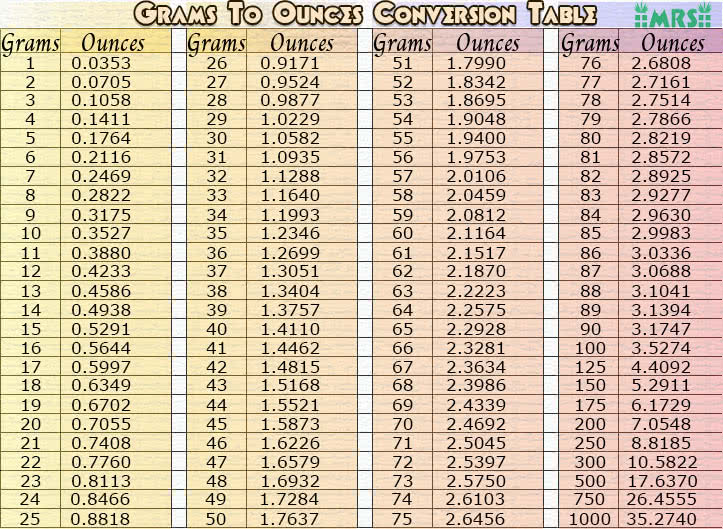

You may print this general cup to ounce to milliliter chart for common measure conversions. Well, you could weigh them out with a kitchen scale, if you have one, or instead, use our cups to ounces to grams charts below for common ingredients. In fact, there are recipes that call for certain ingredients, such as flour and sugar, by weight- especially in baking recipes from blogs or cookbooks from outside the United States.īut here in the US we are used to measuring them in cups instead of grams. And that’s just volume that we’re talking about! Get other useful cooking conversions: While glass measuring cups often list both cups and ounces or cups and milliliters, they aren’t always printed next to each other, nor are they easy to compare visually. In contrast, metric measurements relate to each other in multiples of 10, making it easy to switch between them- depending on whether you want to use a measuring cup or spoon. These systems are often all over the map and not always easy to convert. The United States uses US customary system, which are very similar in most respects to imperial measurements.

cups to ounces to grams charts for common ingredients, which will help avoid having to weigh out ingredients when making a recipe.ĭepending on what blogs you follow or books you read, you will run into different measurements.

As an example, a tablespoon of sugar weighs less than a tablespoon of milk.Īsk any food writer who's worth their salt (pun intended) and they'll tell you to measure your dry ingredients by weight, rather than volume, using a set of kitchen scales. For example, if you have 2 ounces of sugar, but you want to know how many grams that is, you will set up and solve the problem as follows: gram2 ounces 28.349523125 56.7 grams 2 ounces. So, you can't directlyĬonvert between these different units without factoring in the density of the ingredient. To convert ounces to grams, multiply the number of ounces by 28.349523125. The gram is a unit of weight and the tablespoon is a unit of volume, just like the cup and teaspoon. To convert 1 gram of salt to tablespoons, divide your figure by 17.8.To convert 1 gram of butter to tablespoons, divide your figure by 14.2.To convert 1 gram of granulated sugar to tablespoons, divide your figure by 12.5.To convert grams to tablespoons, you need to divide it by the ingredient density ratio, as follows: Grams depends on the density of the ingredient being measured. How many grams are in 1 tablespoon of coffee?Ī level tablespoon of sugar measures around 12.5 grams and a level tablespoon of butter measures around 14.2 grams.


 0 kommentar(er)
0 kommentar(er)
